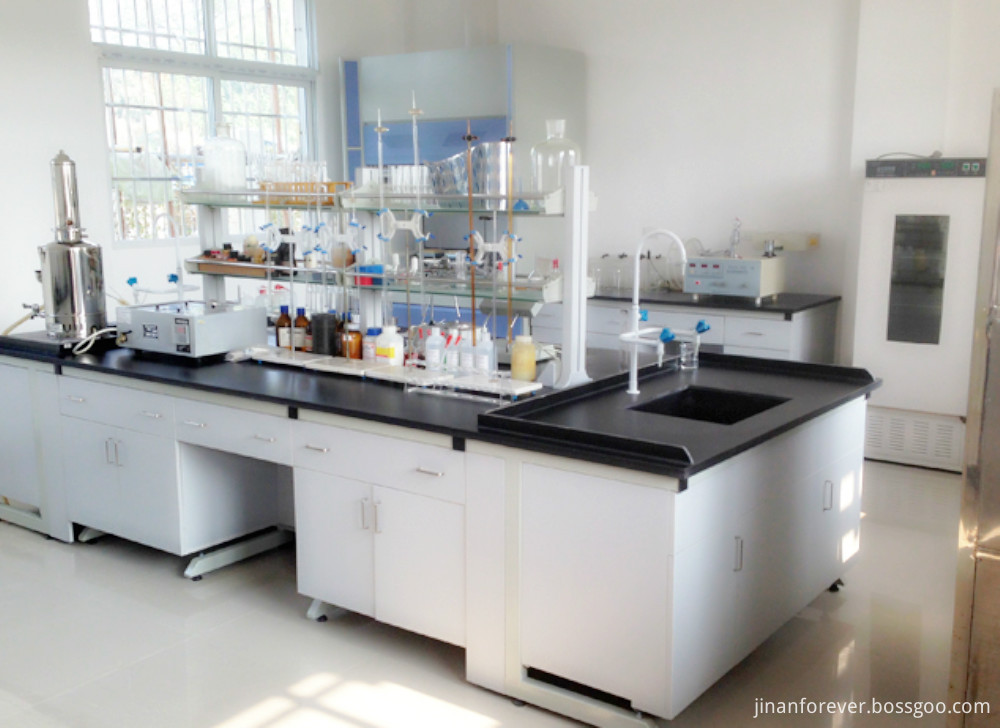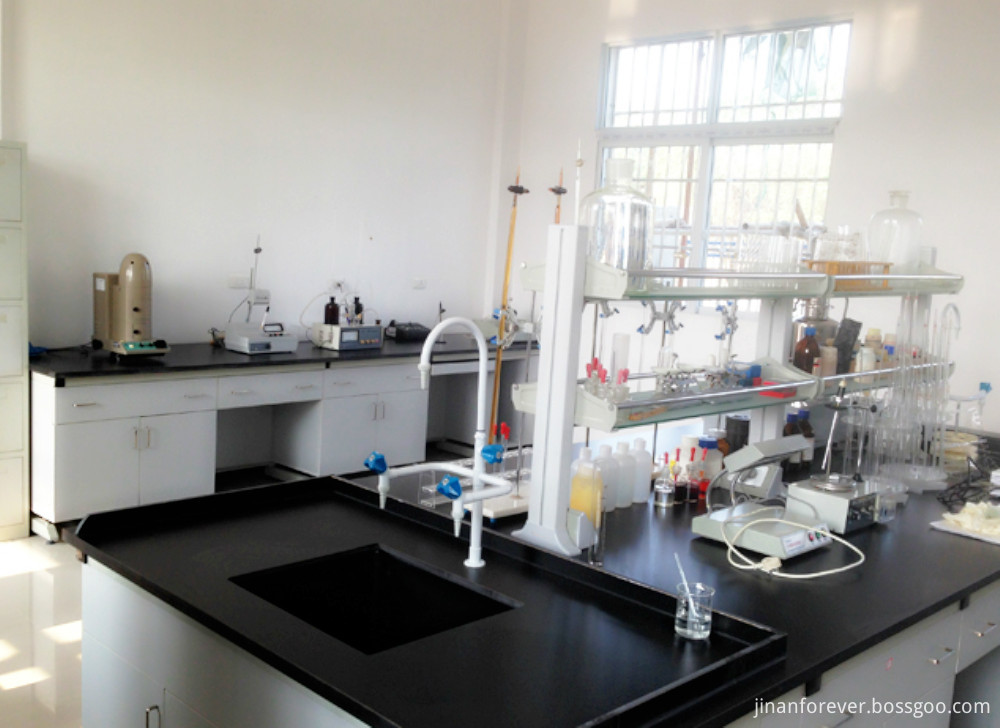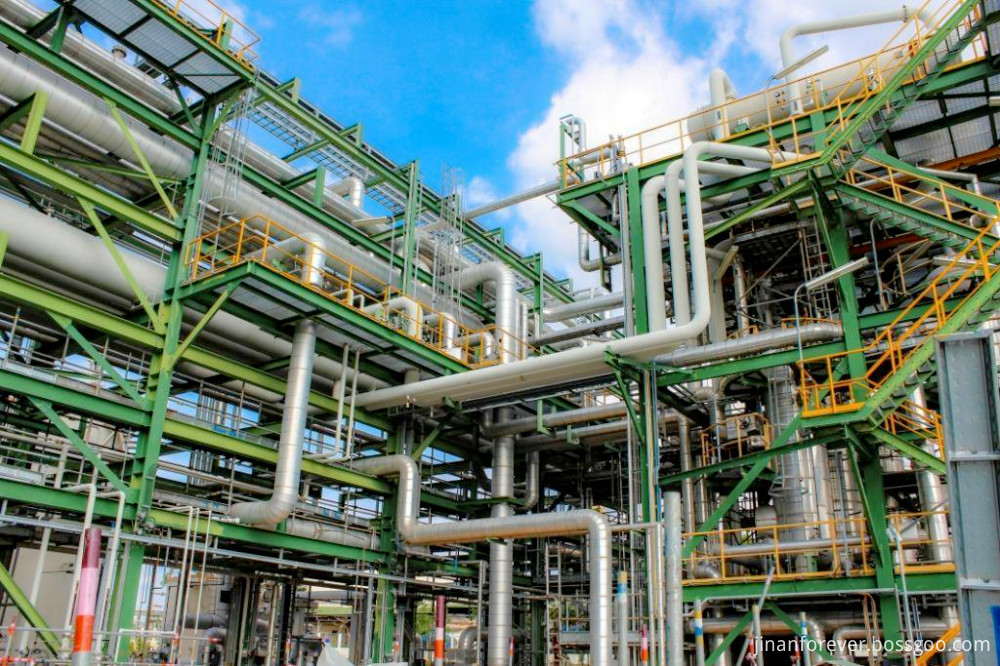Urea contains 46% of nitrogen, which is the most frequently used high-quality nitrogen fertilizer in agricultural production. However, after urea is applied to the soil, its utilization rate is only only 45 to 100 percent. Fifty points. So, how can we increase the utilization of urea? The author believes that the following four points need to be done:
   First, deep application.
   Whether urea is used as a base fertilizer or as a top dressing, it should be applied in depth. The depth of fertilization is preferably between 10 cm and 12 cm. The deep application of urea can significantly improve the utilization rate. According to the test, the application of urea to the table is either 2 cm to 3 cm, and the utilization rate is only 30%; the depth of fertilization is about 5 cm, and the utilization rate is 45 percent; Between 10 cm and 20 cm, the utilization rate can reach 65%.
   Second, early application.
   Urea belongs to the ammonium amide fertilizer. It is not directly absorbed by crops after being applied to the soil. It needs to be converted into ammonium nitrogen under the action of urease in the soil to absorb and utilize the roots of the plant. If the application time is too late, it will not only be very unfavorable for the effect of fertilizer, but also cause crops to be late and ripe.
   Third, spray.
   Urea has a relatively small molecular volume and is easily absorbed by crop leaves. It is the most suitable fertilizer for foliar application. Spraying on the foliar surface is more targeted, the absorption speed is also very fast, it is not affected by factors such as the soil environment, the nutrient utilization rate is high, and the amount of fertilizer is small, and the effect of increasing the yield is also obvious, especially in the soil. The environment is not good, the water is too much or the drought, the soil is too acidic or too alkaline will cause the root absorption is hindered, and the crops urgently need nitrogen nutrition and the root activity declines in the later stage of crop growth, the leaf spray can make up the root of the plant. Insufficient.
   Fourth, mixed use.
   The combination of urea and organic fertilizer, phosphorus and potassium fertilizer and trace element fertilizer can ensure the balance of soil nutrients, maximize the utilization of nutrients and increase the yield of fertilizer.
Jinan Forever Chemical offers 50 hydrazine solution anhydrous products. About 48% of these are syntheses material intermediates, 44% are dyestuff intermediates, and 44% are pharmaceutical intermediates. A wide variety of hydrazine solution anhydrous options are available to you, such as agrochemical intermediates, pharmaceutical intermediates, and syntheses material intermediates. You can also choose from industrial grade, agriculture grade. As well as from coating auxiliary agents, water treatment chemicals, and plastic auxiliary agents.


In recent years, we are continuously make breakthroughs on Hydrazine Hydrate product and high value-added products. Hydrazine hydrate 80% takes a new vitality to our company. Hydrazine hydrate 100% development is successful. We own mature sector collaboration system, including marketing research department, sales group, and technical team. They work according to their functions and roles. They analyze hydrazine hydrate 55% from all angles. Hydrazine hydrate 64%quality is kept improving all the time.


Hydrazine Hydrate Solution,Chemical Hydrazine Hydrate,Certified Ar Hydrazine Hydrate,Dehydrating Hydrazine Hydrate
Jinan Forever Chemical Co., Ltd. , http://www.jinanforever.com